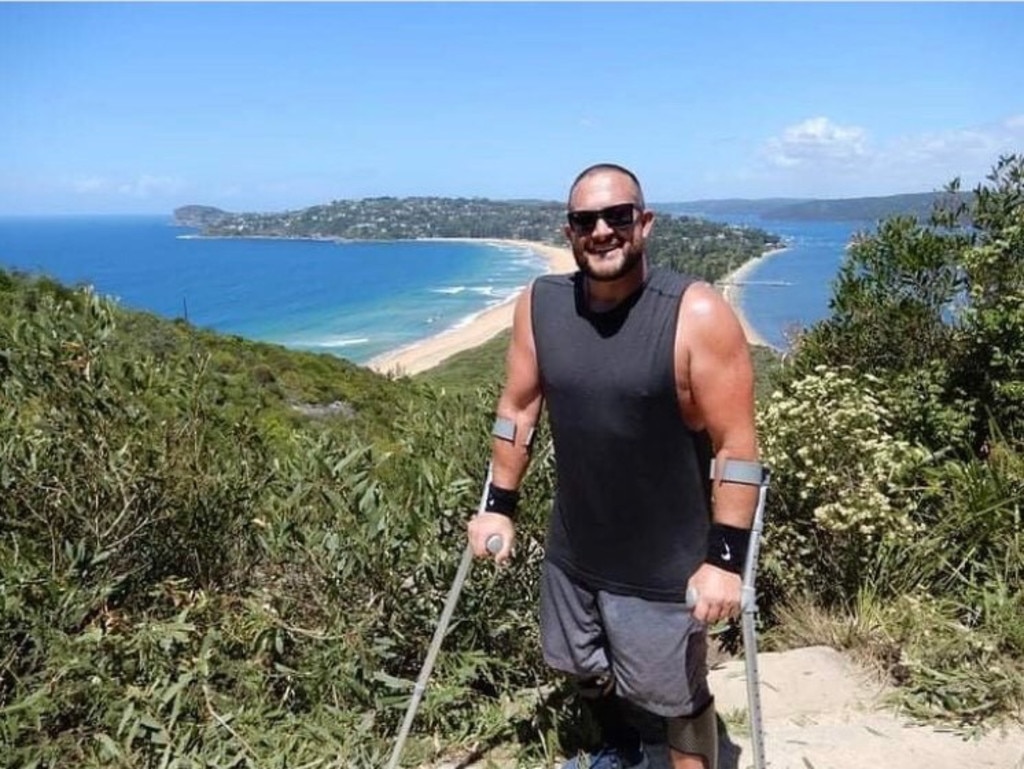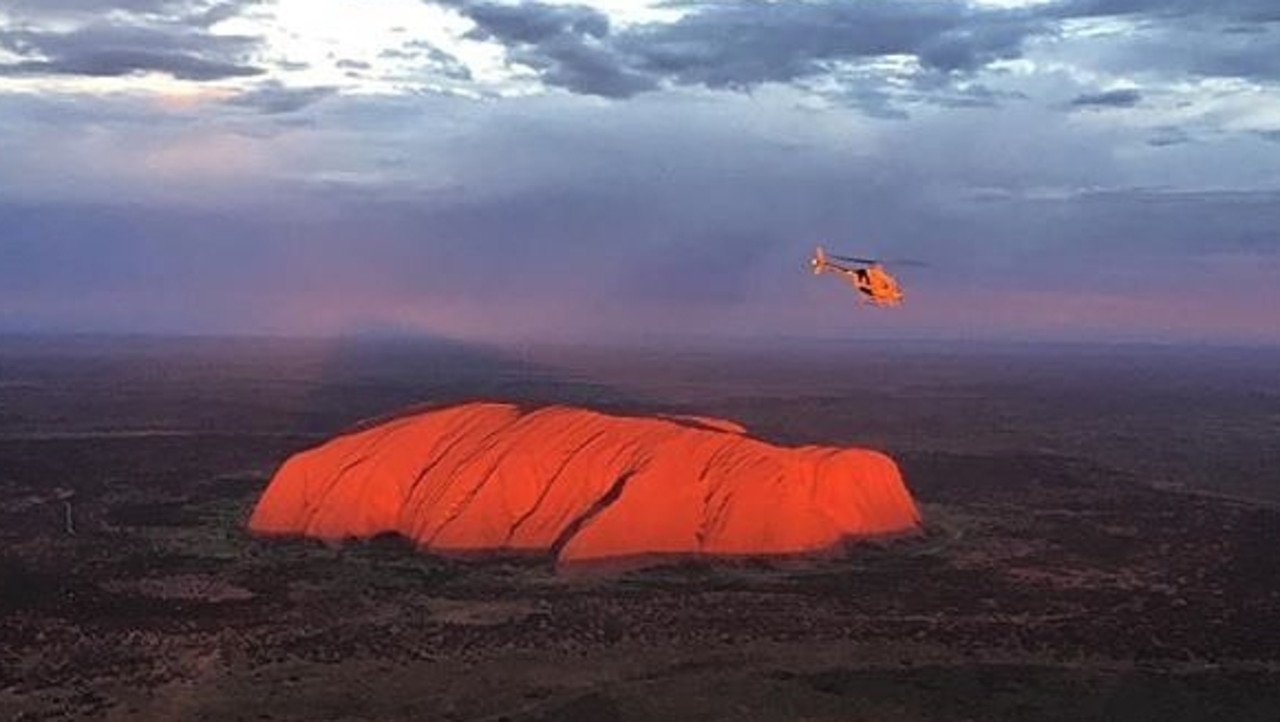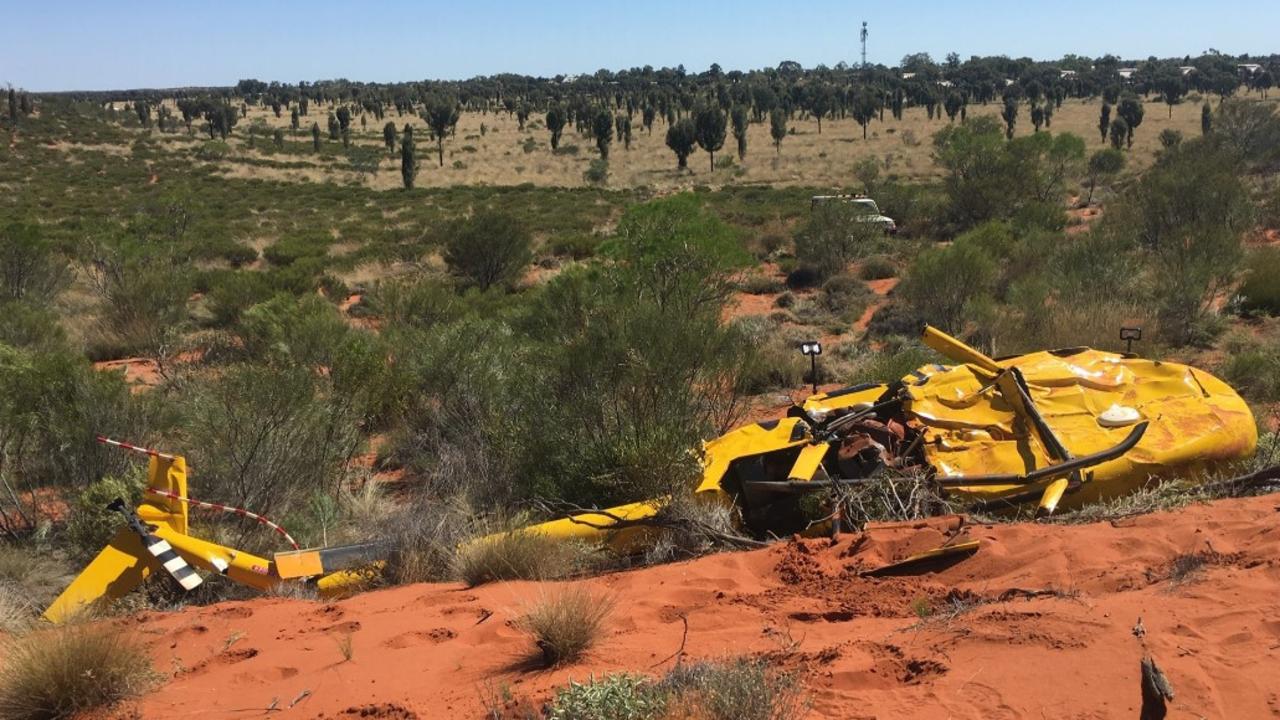Jay Stevens became a paraplegic after Uluru helicopter crash with same operator as Gold Coast tragedy
A father seriously injured in a horrific helicopter crash involving the same operator as last week’s Gold Coast tragedy has shared his heartbreak and frustration that another incident occurred.
QLD News
Don't miss out on the headlines from QLD News. Followed categories will be added to My News.
A father seriously injured in a horrific helicopter crash involving the same operator as the Gold Coast tragedy has shared his heartbreak and frustration at the latest incident.
Jay Stevens was among three people seriously injured in a helicopter crash in Uluru in 2018 when his 15-minute joy flight with Professional Helicopter Services went wrong.
The chopper’s power decayed and the pilot couldn’t recover, forcing the aircraft to land hard on the red earth near Yulara Town.
Mr Stevens’ injuries were so severe he was rendered a paraplegic, and was told he’d never walk again.
The same helicopter operator was running the Sea World joy flights which collided and crashed last Monday, killing British couple Ron and Diane Hughes, Queensland pilot Ash Jenkinson and Sydney mum, Vanessa Tadros.

Mr Stevens said the tragedy had left him speechless.
“You think how can this actually happen, how can someone get on a helicopter and then a minute later be dead,” Mr Stevens said.
“I feel very lucky to have survived and be walking with my young family.”
Mr Stevens was among a group of people booked in for a chopper joy flight around Uluru on January 17, 2018.

According to the Australian Transport and Safety Bureau (ATSB) investigation, the rotations per minute (RPM) on Mr Stevens’ chopper flight decayed as the chopper climbed to 200ft.
Mr Stevens said he felt the chopper violently shake before the pilot told them “we’re going down”.
“I just thought it was a bit of turbulence and then it just got worse and worse until the helicopter was shaking so violently my head started hitting the roof.
“The helicopter then-stalled and that’s when we fell out of the sky. That’s when we crashed and hit the deck. I thought I was about to lose my life. Laying there unable to move and struggling to breath with broken ribs.”

Mr Stevens suffered a burst fracture in his spinal cord, a broken sternum, broken ribs and broken pelvis. He spent six months in hospital and was told he was never going to walk again.
Mr Stevens’ pilot was not the individual involved in the Sea World joy flights tragedy.
The ATSB found that Professional Helicopter Services had not calibrated the passenger scales which had under‑read the actual occupant weights.
This led to the helicopter operating at a higher weight than planned which “increased the risk of their helicopters not achieving their takeoff performance”.
The investigation into the Gold Coast crash is in its early stages, but investigators said it was their priority to understand what was happening in the cockpits at the time of the collision.
“The video of the crash is terrifying, to actually see the event unfolding play by play with even bystanders commenting and then the shocking collision. How, just how can this happen?”
Mr Stevens, a father who loved to surf and run, spent three-and-a-half years in a wheelchair and took his first steps again in July, 2021.
He still can’t feel his left leg and needs braces and crutches to walk, but his determination hasn’t wavered.
He planned to climb Mount Kosciuszko this month to mark the five-year anniversary of the crash which changed his life forever.
“When you have kids you just have to do it for them, it’s not about you anymore.”






